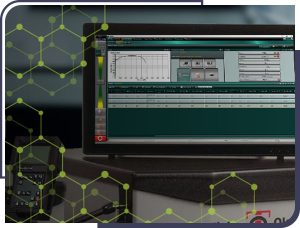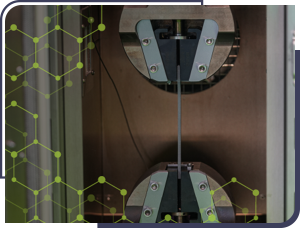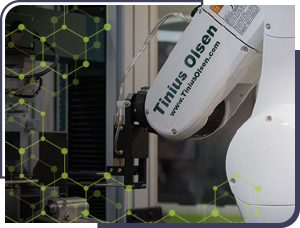There’s no doubt that manufacturing requires credible, repeatable, and sustainable testing and qualification across the board, from raw materials (steel, alloy, polymer, composite, etc.) to final components, devices and products.
The specifics of what, how and why a company requires a particular material or device tested may vary by application, but the need to accomplish this process cost-effectively and efficiently does not change.
Overview
This white paper helps you establish the proper framework to determine the right automated material testing (AMT) platform that meets your own manufacturing process. It also provides real-world examples and results of AMT across a range of industries.
Each manufacturing environment is unique, and while some companies may be ready for a complete overhaul of its material testing infrastructure, many may look towards a more phased approach, automating specific elements of the existing process as time and budget allow.
Today’s options range from fully automated, ‘set it and forget it’ systems to semi-automated configurations that enable a flexible implementation based on existing need, available resources, or industry regulations.




